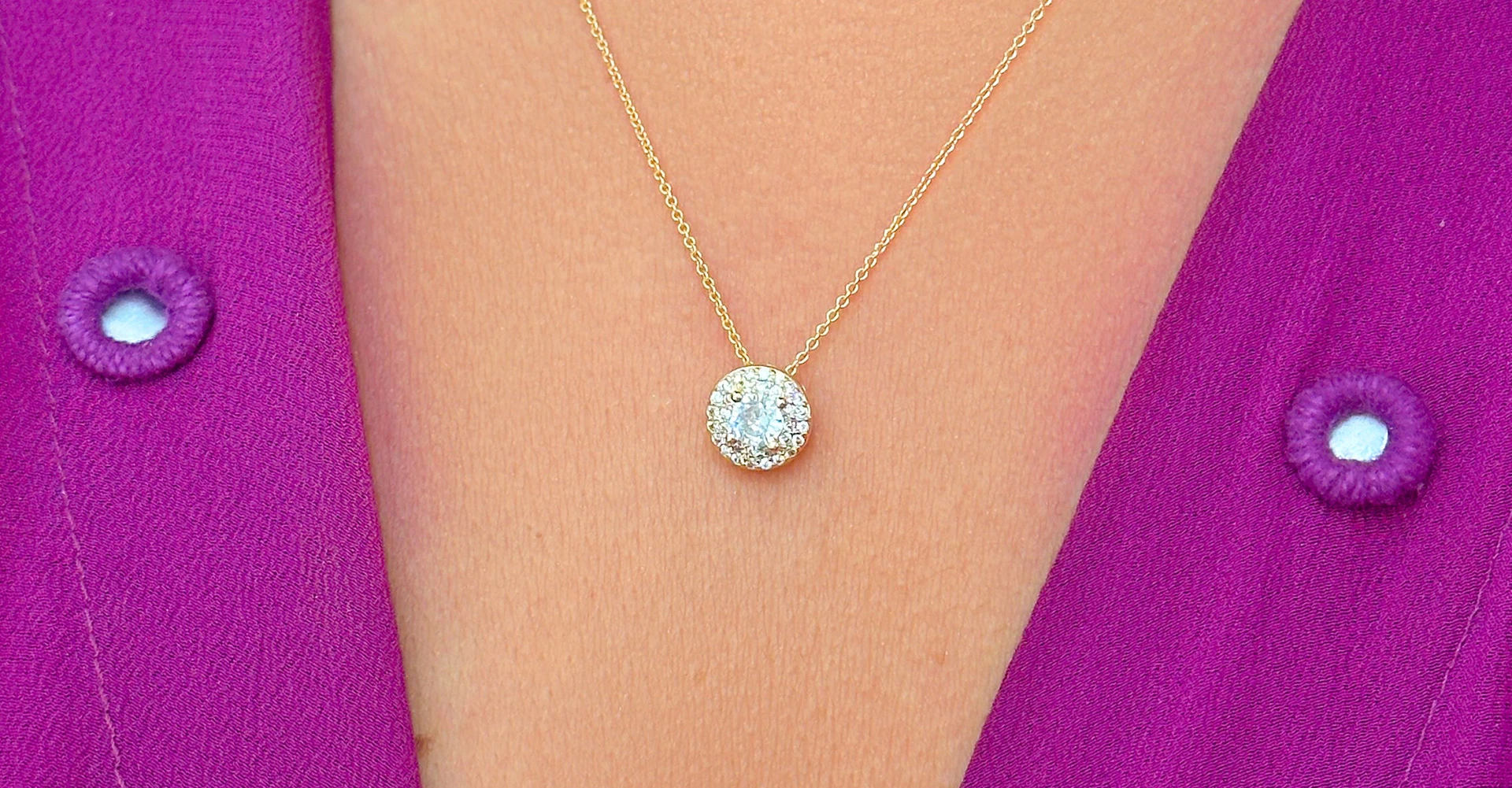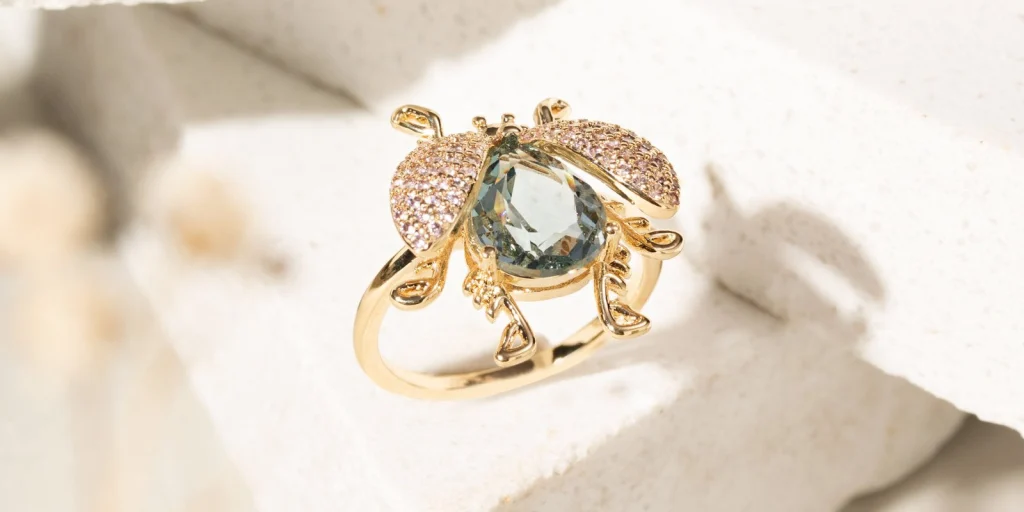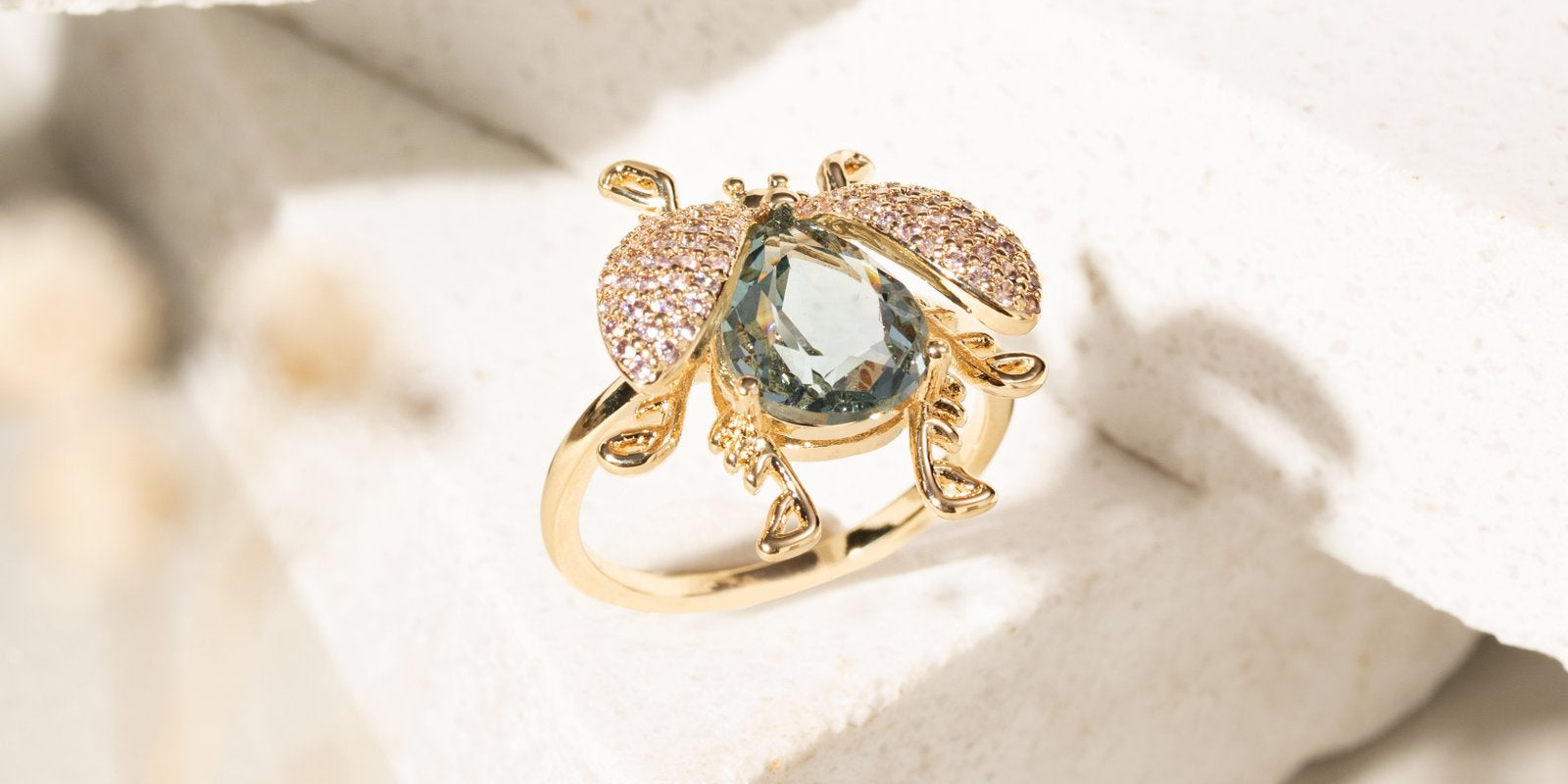
How Jewelry Perfectly Complements a Casual Style
In today’s fashion world, casual style is

Jewelry and semi-jewelry lovers have certainly come across countless gemstones that add value and brilliance to their accessories. One of the most popular is zirconia—but the question remains: do you really know what zirconia is?
Zirconia brings color, sparkle, sophistication, and value to jewelry collections around the world. It’s loved by women of all ages and styles. But what makes it so special?
Let’s dive into everything you need to know about zirconia—from its origins to the differences between it and other gems like crystal and diamond.
Zirconia is one of the most widely used and admired gemstones in the world. For a long time, however, it was viewed with skepticism and mostly appeared in fashion or semi-jewelry.
But times have changed. Today, top jewelry houses have embraced zirconia, captivated by its rainbow-like brilliance and flawless shape.
Zirconia is now often compared to diamonds, thanks to its similar appearance, color, hardness, and reflective shine.
There are two types of zirconia available on the market:
Natural Zirconia
Cubic Zirconia (Synthetic)
Natural zirconia—also known as zirconium dioxide—is extremely rare and difficult to mine. Because of this, it’s not commonly used in commercial jewelry.
That rarity inspired the creation of cubic zirconia, the synthetic version we know today. Developed in labs in the 1970s as a cost-effective alternative to precious gems, cubic zirconia was designed to imitate diamonds with stunning results.
This man-made stone offers perfect cut, color, and clarity—something not always possible with natural gems.
Although the clear or “white” version is the most popular, cubic zirconia can be made in virtually any color, mimicking rubies, emeralds, sapphires, and more.
Cubic zirconia offers a range of benefits:
Affordable luxury
Durable and scratch-resistant
Flawless appearance
Wide variety of colors
Eco-friendly and cruelty-free
Being synthetic, it provides designers with greater creative freedom while delivering beauty and brilliance for every style and budget.
If you’re trying to determine whether a zirconia is genuine, here are some key features to look for:
Color: Should be clear and bright, reflecting rainbow-like hues when exposed to light.
Weight: Zirconias are heavier than diamonds. If the stone feels unusually light, it may not be real.
Hardness: With a score of 8.5 on the Mohs scale, zirconia is extremely durable.
Price: A 1-carat zirconia costs around R$60.00 (approx. $12 USD). Knowing the carat weight helps you assess its value.
Flawlessness: Synthetic stones have perfect cuts with no blemishes, scratches, or imperfections.
If you’re unsure, always purchase from reputable jewelers and compare pieces you already own to develop a more trained eye.
Crystals used in jewelry are made from a mix of materials such as glass, acrylic, and mineral elements. When processed, they create beautiful, translucent stones.
However, there are a few key differences:
| Feature | Crystal | Cubic Zirconia |
|---|---|---|
| Color | Mostly translucent | Highly reflective and brilliant |
| Durability | Less resistant and fragile | More durable and hard (8.5 Mohs) |
Crystals are elegant but require more care than zirconia, making zirconia a better option for everyday wear.
Diamonds are natural, extremely rare, and extracted through complex mining processes. Their scarcity is what makes them so expensive—and desirable.
Interestingly, their sparkle isn’t natural. It’s achieved through precision cutting. So, when you hear the term “brilliant,” it refers to the cut, not the stone itself.
Zirconia, on the other hand, is the closest visual match to diamonds. However, they do differ in:
| Feature | Diamond | Cubic Zirconia |
|---|---|---|
| Origin | Natural | Synthetic (lab-made) |
| Price | Very high | Affordable |
| Uniqueness | Each is one-of-a-kind | All stones are flawless |
| Hardness | 10 (Mohs) | 8.5 (Mohs) |
While zirconia won’t hold the same long-term value or rarity, it offers an excellent, budget-friendly alternative for those who want beauty without the high price tag.
Whether you’re shopping for your first piece of jewelry or adding to a growing collection, zirconia is a stunning and smart choice.
It delivers the look of a diamond with the benefits of affordability, durability, and versatility. And with so many colors and styles available, it’s easy to find the perfect match for your taste.
Just remember: quality always matters. Buy from trusted sources, and don’t be afraid to ask questions. With a bit of knowledge, you’ll always shine bright—no matter the stone.

In today’s fashion world, casual style is

Valentine’s Day is the perfect moment to

Timeless Elegance: Jewelry That Matches Everything and

What Is Zirconia? Discover the Gem That

BOSSA JEWELRY, created in Florida with a Brazilian essence, was born to bring elegance to the world. Its timeless pieces, made with high-quality materials, express personality and combine exclusive design with classic and modern elements, ensuring beauty and durability.